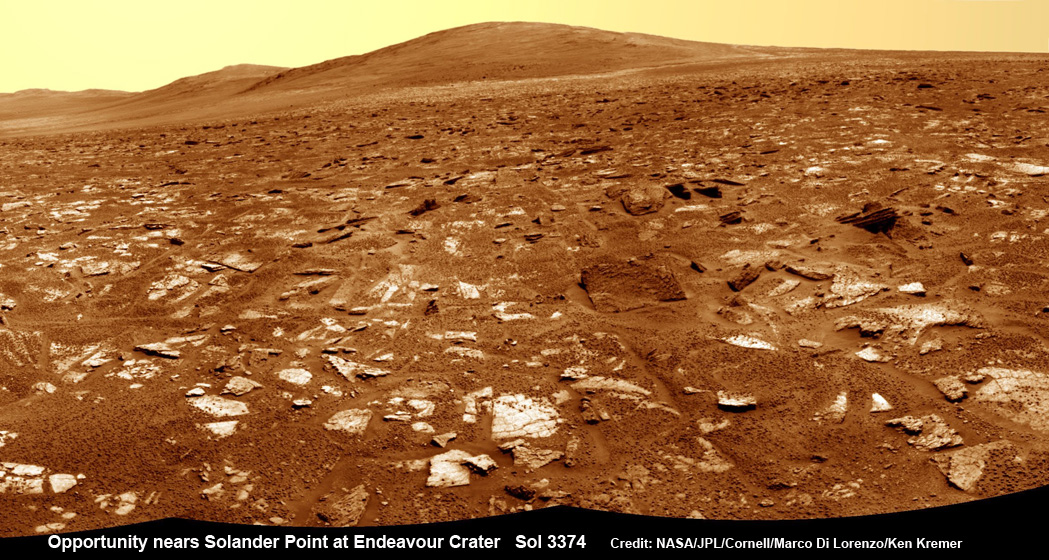John Carter lost consciousness in that cave, only to awaken on the planet of Mars, a planet, in the experience provided by Edgar Rice Burroughs (yes, he of Tarzan fame), of beautiful princess and multi-armed foes. Burroughs' Martian stories, like those of Tarzan, were light on anything resembling facts, but full of rousing action and detailed depictions of a once thriving Mars, now a desiccated, dying world.
 |
| I'll jump on any chance to use a Frank Frazetta image! |
Burroughs and all those after him that used Mars as a setting for tales of science fiction and fantasy based their images of Mars on astronomical observations. As telescopes became more powerful and the optics more precise, writers describing Mars changed their versions of the Red Planet. Soon the fabulous cities of glass and jewels disappeared, and the Venice-like canals were drained of water, replaced by lonely desert landscapes and dry canyons.
It wasn't until the late 1960s with the NASA missions of the unmanned survey spacecrafts Mariners 6 & 7 that a true picture of Mars emerged - dry, hostile to human habitation, and devoid of native life. Then the science fiction stories turned away from the idea of Mars invaders and Carter-like interactions with native beings, and more to either the discovery of long-lost civilizations, as in Mission to Mars:
or stories of stranded humans struggling to survive on the remote planet as in, for example, the pretty decent film Red Planet:
Yet, despite its harshness, Mars has an almost magnetic pull for the imagination. Its the closest analog to Earth, and relatively speaking, not that far away. Yet it remains alien, but recognizable, strange-yet-familiar, and our next stop in humanity's reach for the stars. The real Mars, although lacking in cities of crystal, is very beautiful in a special way:



No comments:
Post a Comment